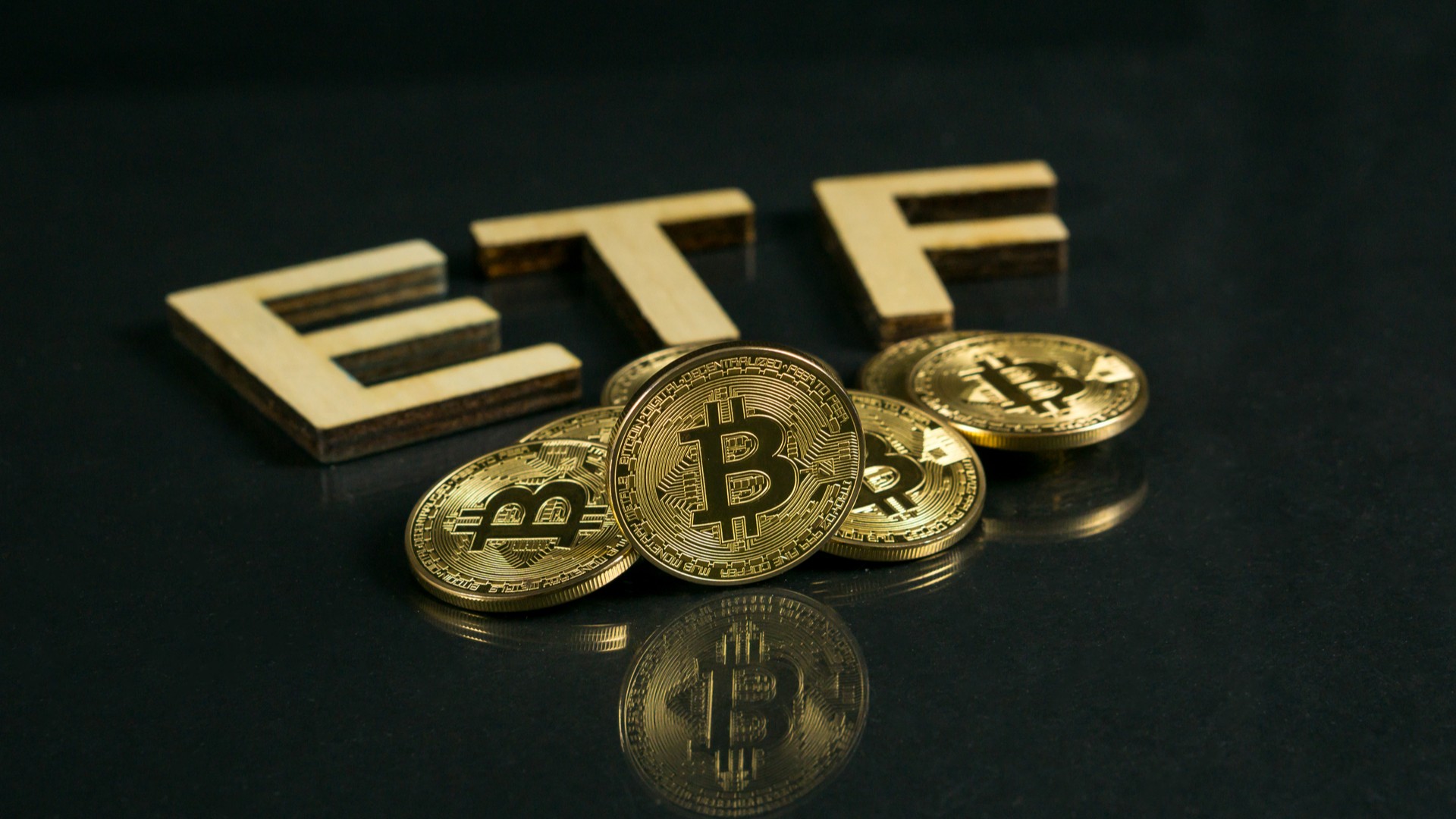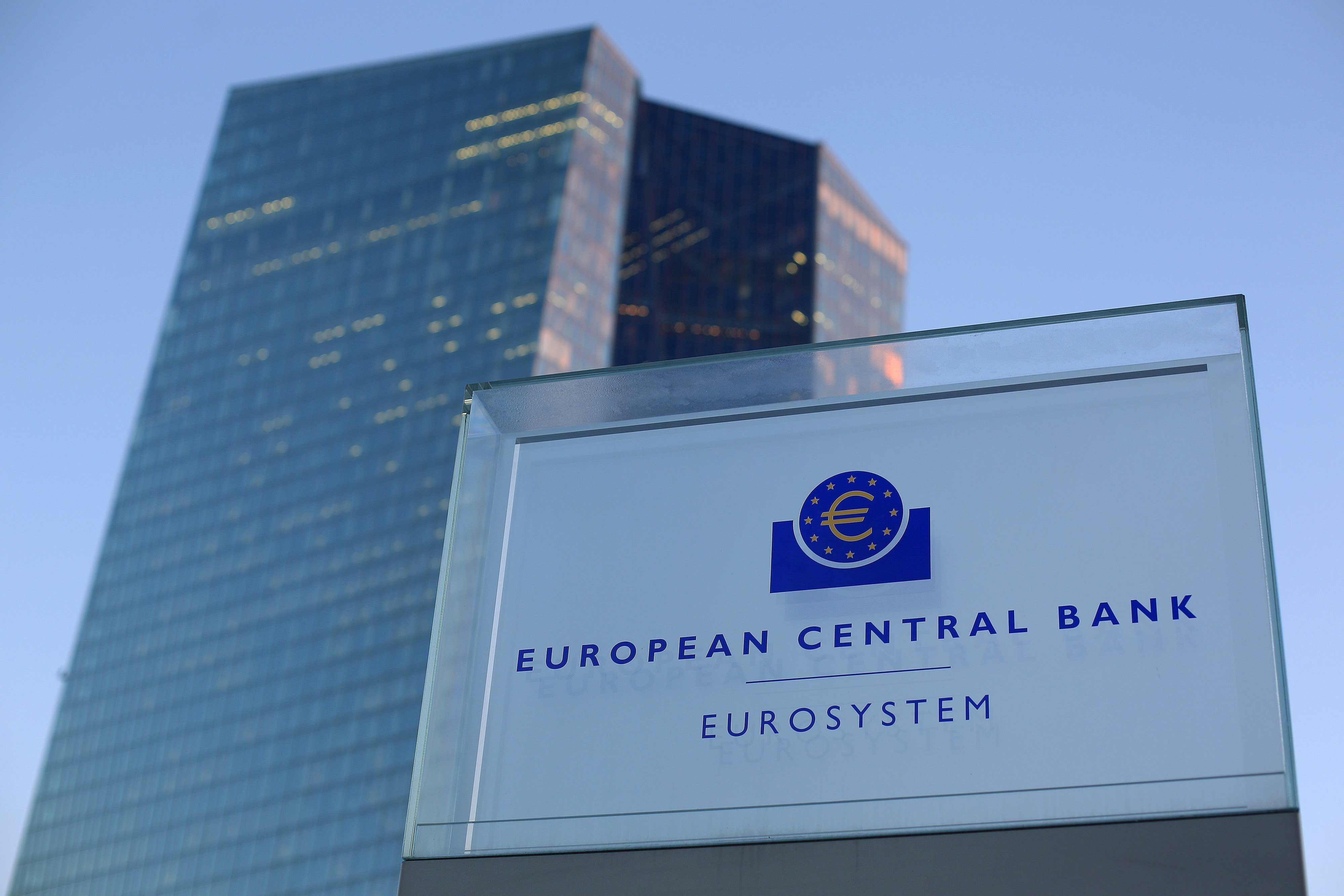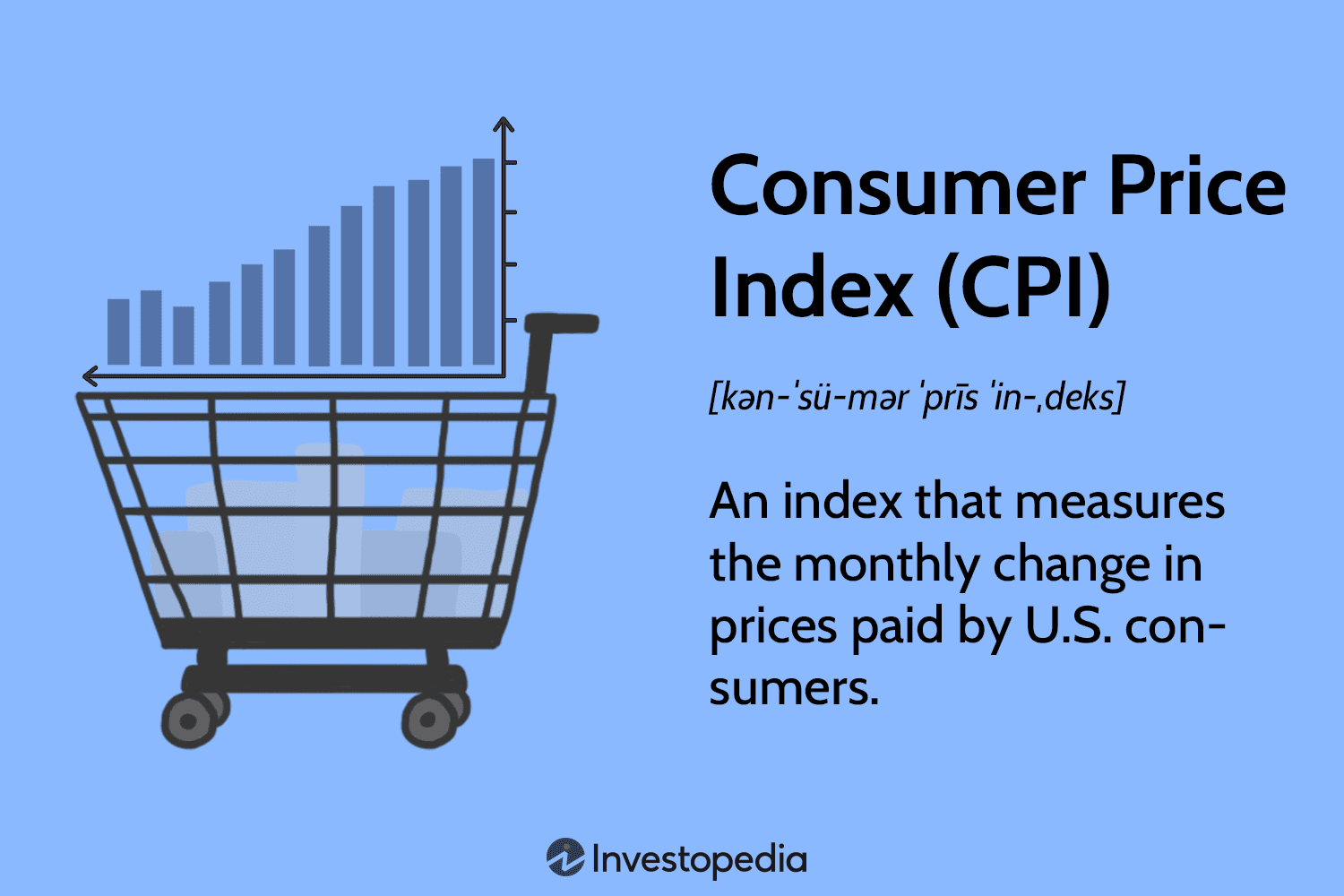
Overview of ETF Activity
For the first time in nearly a month, Bitcoin Spot ETFs have seen net outflows. Data from Farside Investors indicates that the eleven U.S. Bitcoin Spot ETFs experienced a net outflow of $64.9 million after 19 consecutive days of net inflows. Leading this trend was the Grayscale Bitcoin Trust (GBTC), which saw a net outflow of $39.5 million, followed by the Invesco Galaxy Bitcoin ETF (BTCO) with $20.5 million in net outflows. The Fidelity Wise Origin Bitcoin Fund (FBTC) also saw a smaller outflow of $3 million. In contrast, Bitwise and BlackRock ETFs recorded modest net inflows of $7.6 million and $6.3 million, respectively.
Impact on Bitcoin's Price
Alongside these ETF outflows, Bitcoin itself has experienced a decline. Over the past 12 hours, Bitcoin's price has dropped below the $70,000 mark, currently trading at around $67,173, a 3.14% decrease in 24 hours. This decline has resulted in liquidations worth $170 million, adding downward pressure on the entire cryptocurrency market. Over the past week, Bitcoin has lost 2.49%, and its monthly loss stands at 10.68%.
Recent Trends in ETF Inflows
Despite the recent outflows, the previous week saw significant net inflows into Bitcoin Spot ETFs, with consistent daily gains. Matteo Greco, a research analyst at digital asset investment firm Fineqia International, noted that the weekly net inflow of approximately $1.83 billion was comparable to demand levels seen in early March. Since their market debut, Bitcoin ETFs have amassed a record total of about $15.7 billion.
Global Integration of Bitcoin ETFs
Bitcoin's integration into traditional finance is not confined to the U.S. After the launch of the first Bitcoin Spot ETF in Australia, Thailand's Securities and Exchange Commission (SEC) has also introduced one through One Asset Management. This indicates a growing global trend of incorporating Bitcoin into mainstream financial instruments.
Central Banks Cut Interest Rates

Recent Monetary Policy Decisions
Central banks, including the Bank of Canada (BOC) and the European Central Bank (ECB), have recently reduced interest rates by 25 basis points. Despite inflation levels surpassing the annual 2% target, these rate cuts reflect governmental optimism about managing inflation through less restrictive monetary policies. Typically, such softer monetary policies favor riskier assets, including stocks and digital assets like Bitcoin, especially when rate cuts do not suggest an imminent recession.
Implications for the Economy
The decision to lower rates despite high inflation suggests that central banks are confident in maintaining inflation near desired levels through softer monetary measures. This approach could benefit risk assets, indicating a positive economic outlook from policymakers.

Upcoming Economic Indicators
Focus on Consumer Price Index (CPI) Data

Investors are now keenly awaiting the release of the Consumer Price Index (CPI) data, which measures changes in the prices of goods and services regularly purchased by consumers. The U.S. Bureau of Labor Statistics is set to release the May CPI data today. Analysts predict a 0.1% increase in inflation for May, following a 0.5% rise in April, bringing the annual rate to 3.4%. Core inflation, excluding volatile food and energy prices, is expected to rise by 0.3%, consistent with April's figures.
Federal Reserve Policy Outlook
The Federal Reserve's monetary policy will be a topic of discussion during the Federal Open Market Committee (FOMC) meeting, starting today. This meeting will be crucial in determining future monetary policy directions in response to the latest economic data.